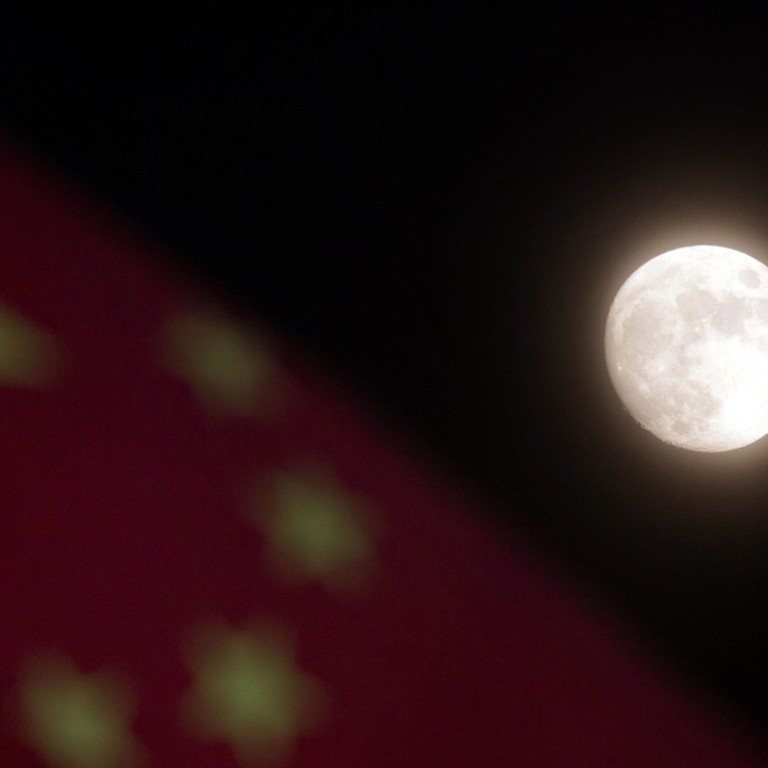
Who needs street lights? Chinese city plans fake moon
Chengdu reported to be considering ambitious plan to launch satellite that would ‘complement’ the moon by illuminating large areas of city
In Chengdu, there is reportedly an ambitious plan afoot for replacing the city’s street lights: boosting the glow of the real moon with that of a more powerful fake one.
The capital of the southwestern Chinese province of Sichuan plans to launch an illumination satellite in 2020. According to an article in People’s Daily, the artificial moon is “designed to complement the moon at night”, though it would be eight times as bright.
The “dusk-like glow” of the satellite would be able to light an area with a diameter of between 10 and 80km (six to 50 miles), while the precise illumination range could be controlled within tens of metres – enabling it to replace street lights.
The vision was shared by Wu Chunfeng, the chairman of the private space contractor Chengdu Aerospace Science and Technology Microelectronics System Research Institute Co (Casc), at a national mass innovation and entrepreneurship event held in Chengdu last week.
Wu reportedly said testing had begun on the satellite years ago and the technology had now evolved enough to allow for launch in 2020.
It is not clear whether the plan has the backing of the city of Chengdu or the Chinese government, though Casc is the main contractor for the Chinese space programme.
Chinese scientists discover lithium-rich star that could help explain how the universe evolved
The People’s Daily report credited the idea to “a French artist, who imagined hanging a necklace made of mirrors above the Earth which could reflect sunshine through the streets of Paris all year round”.
There are precedents for the scheme, though the technology and ambitions differ.
In 2013 three large computer-controlled mirrors were installed above the Norwegian town of Rjukan to track the movement of the sun and reflect its rays onto the town square.
“Rjukan – or at least, a small but vital part of Rjukan – is no longer stuck where the sun don’t shine,” The Guardian reported at the time.

In the 1990s a team of Russian astronomers and engineers succeeded in launching a satellite into space to deflect sunlight back to Earth, briefly illuminating the nighttime hemisphere.
The Znamya experiment was to “test the feasibility of illuminating points on Earth with light equivalent to that of several full moons”, The New York Times said. “Several” proved an overstatement, but the design was shown to be sound.
A more ambitious attempt – Znamya 2.5 – was made in 1999, prompting concerns about light pollution disrupting nocturnal animals and astronomical observation.
Chinese scientists snip mutant DNA to fix human embryo gene
A spokesman for the German technology ministry was less concerned, telling The Guardian, “It’s a bit early for April Fool jokes but this sounds like one”.
But Znamya 2.5 misfired on launch and its creators failed to raise funding for another attempt.
People’s Daily was quick to reassure those concerned about the fake moon’s impact on nighttime wildlife.
It cited Kang Weimin, director of the institute of optics at Harbin Institute of Technology, who “explained that the light of the satellite is similar to a dusk-like glow, so it should not affect animals’ routines”.

